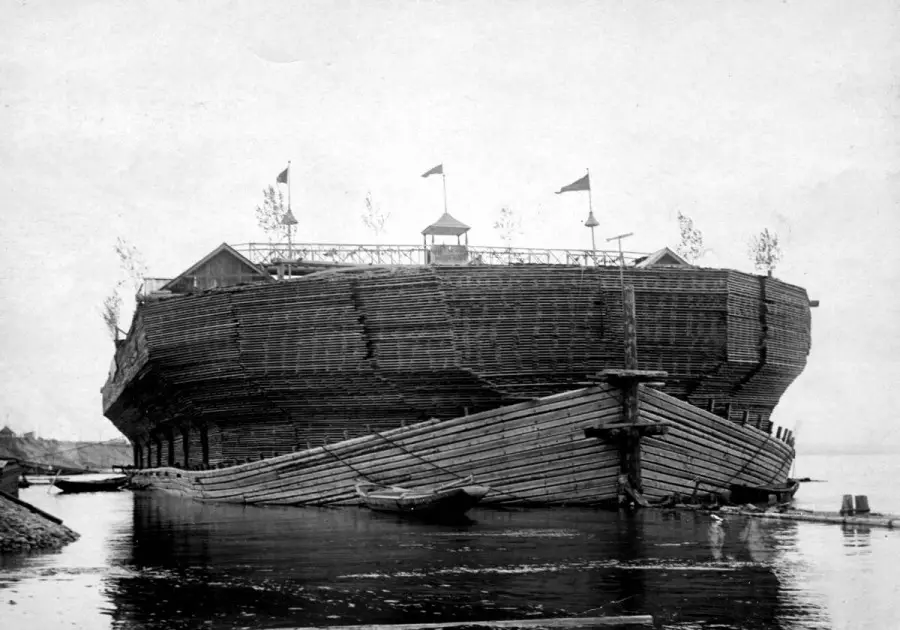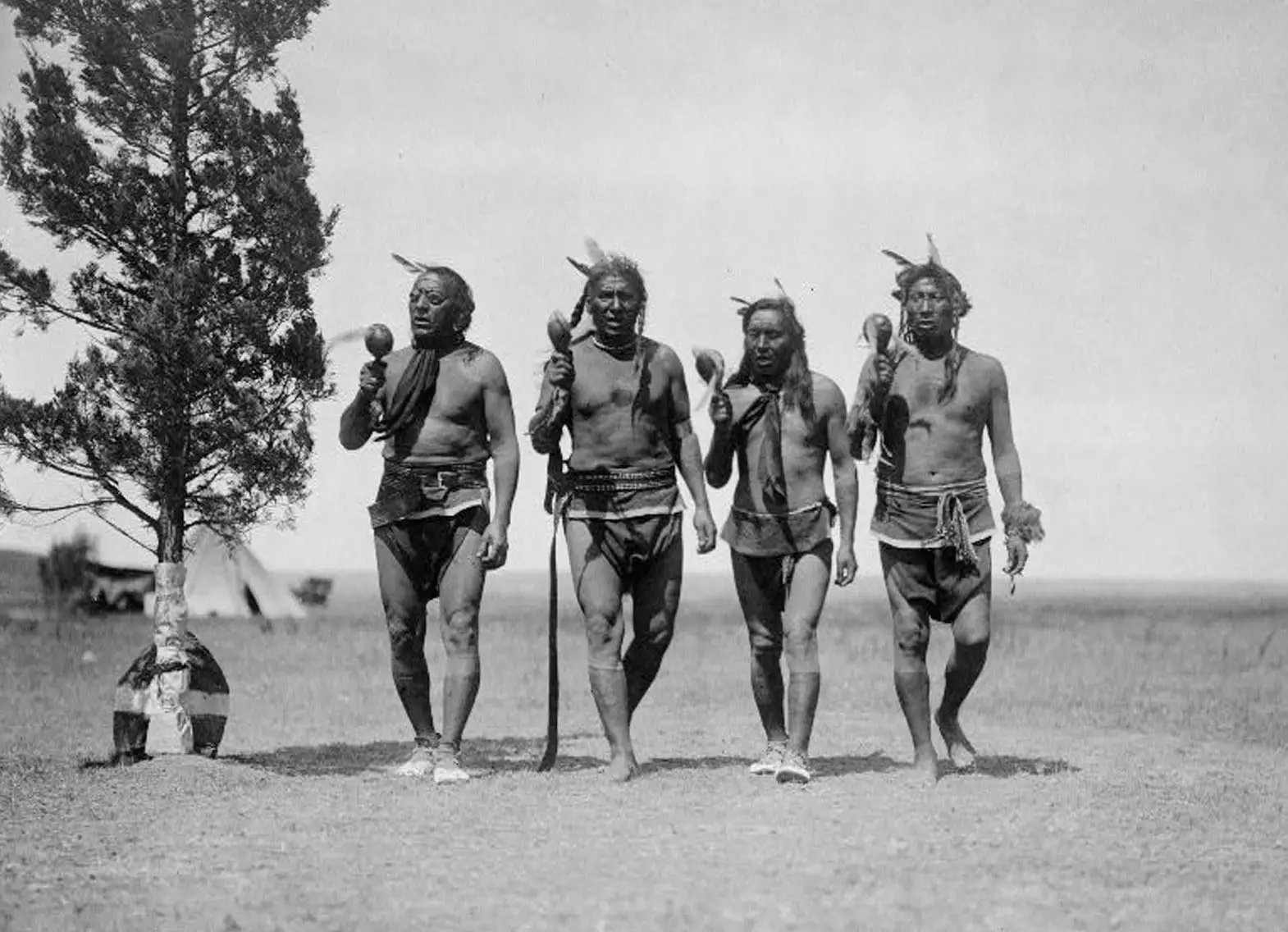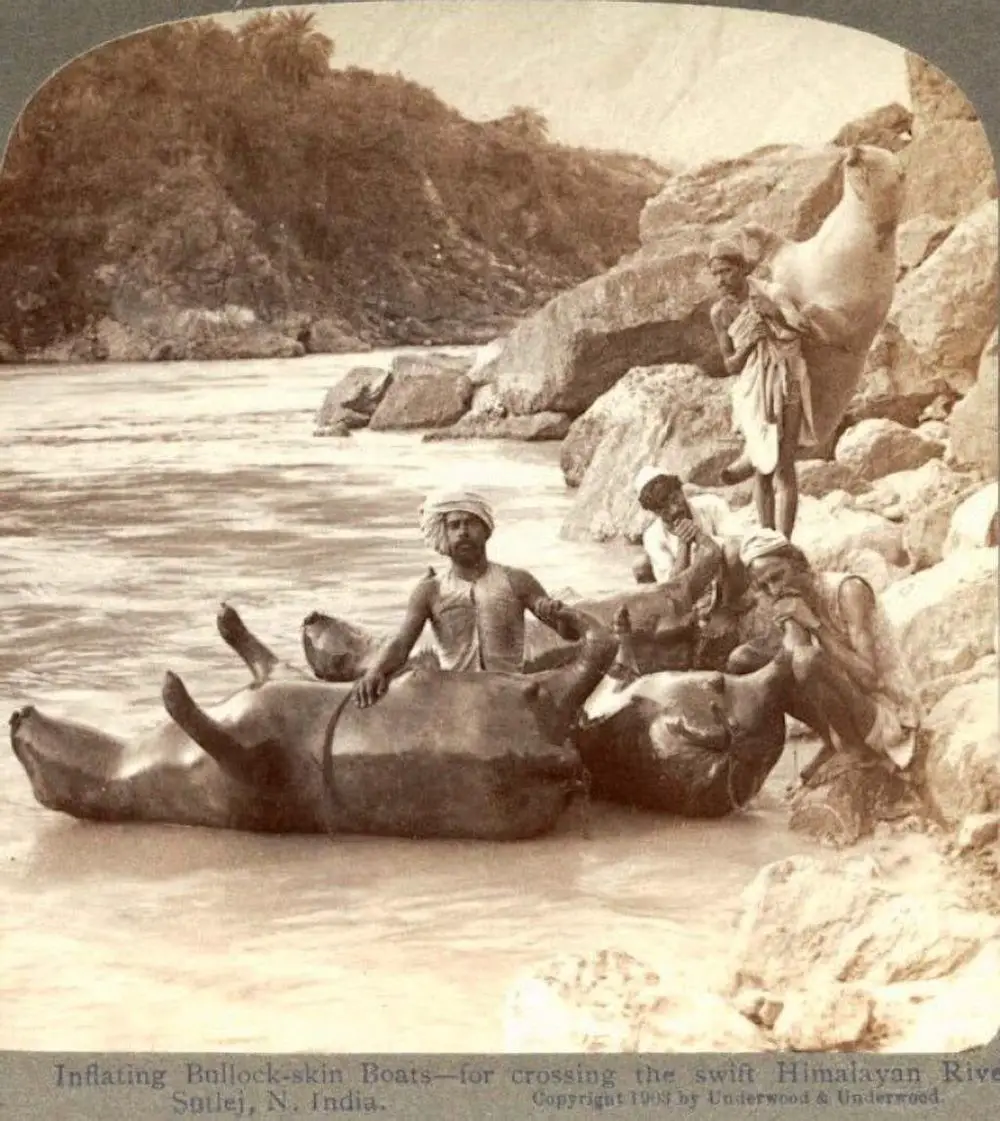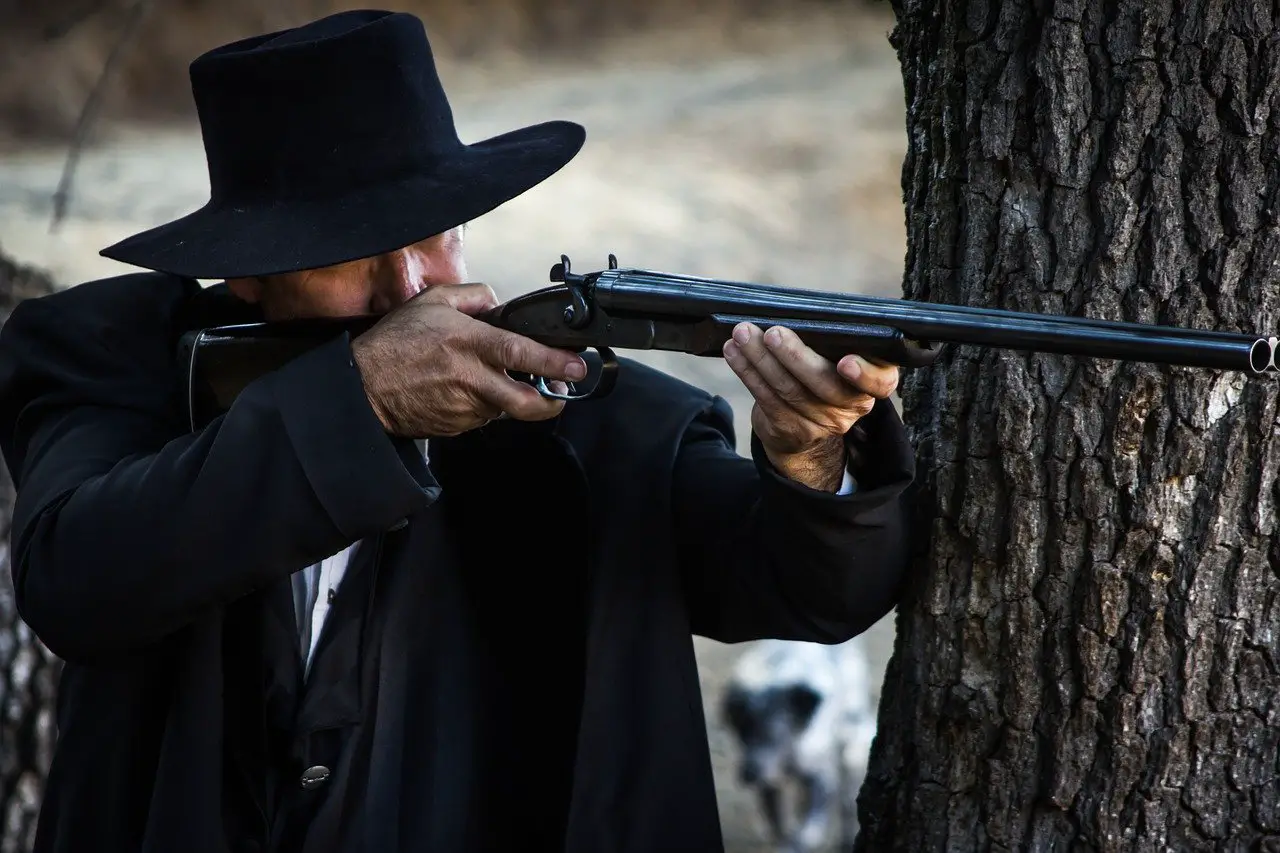William Wallace: Rare books, antiquities and artifacts from ancient times are only as valuable and significant as the experts say they are.
If any item is proved to be simply an old relic of no particular importance, its value as a link to the past is cast in grave doubt.
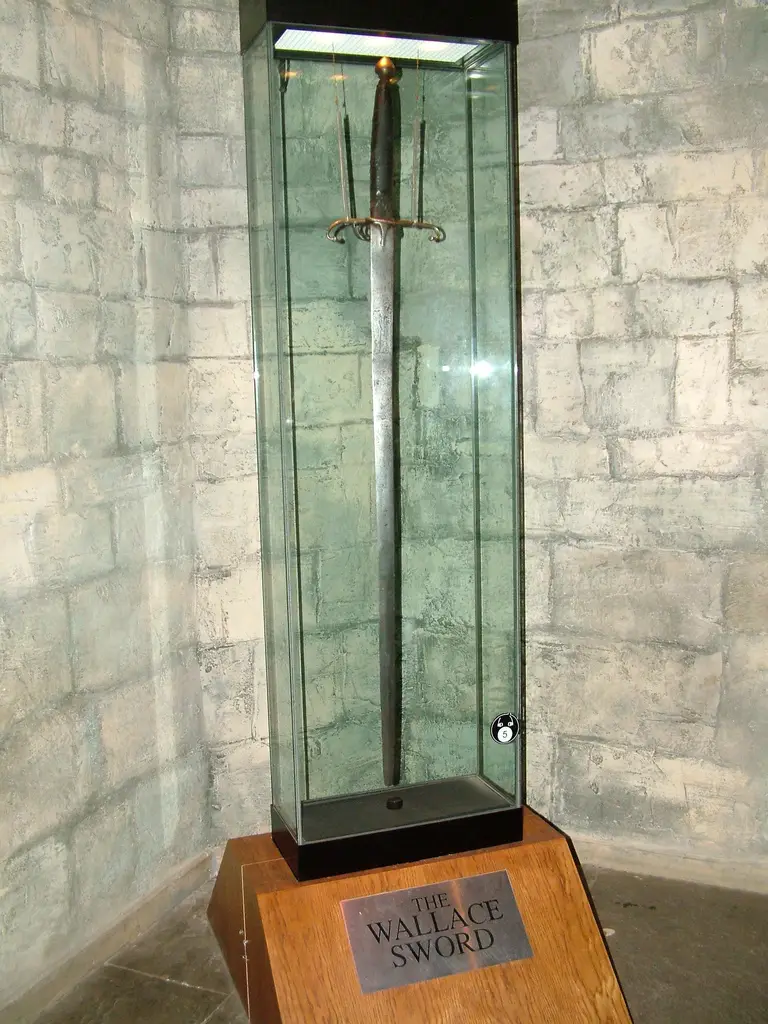
That very kind of doubt has been cast upon the sword of William Wallace, the Scottish national hero and “martyr” as he is described at the monument in his name in Sterling.
Content
In 2020, curator Dr. David Caldwell spoke out about the sword’s provenance. He is dubious that Wallace ever held the sword, let alone owned it.
Who was Sir William Wallace, the Guardian of Scotland?
Over 7 centuries ago, brute force and terror were the weapons used by England to control and rule Scotland.
Occupied and tyrannized, the Scots needed and sought a figurehead and hero to the Scottish nation, a hero to confront the brutality King Edward I, the King of England.
September 11 1297, England and Scotland stood opposed to each other at Stirling on the River Fourth.
The Battle of Stirling Bridge led to a victory for the Scots. The Scottish forces were led by a lesser nobleman William Wallace.
Wallace became the national hero Scotland had been looking for. His passion for independence and peace united the clans of Scotland. He won the respect, gratitude, and loyalty of the Scottish people. His enemies feared him and became a big threat to the English king and his noblemen.
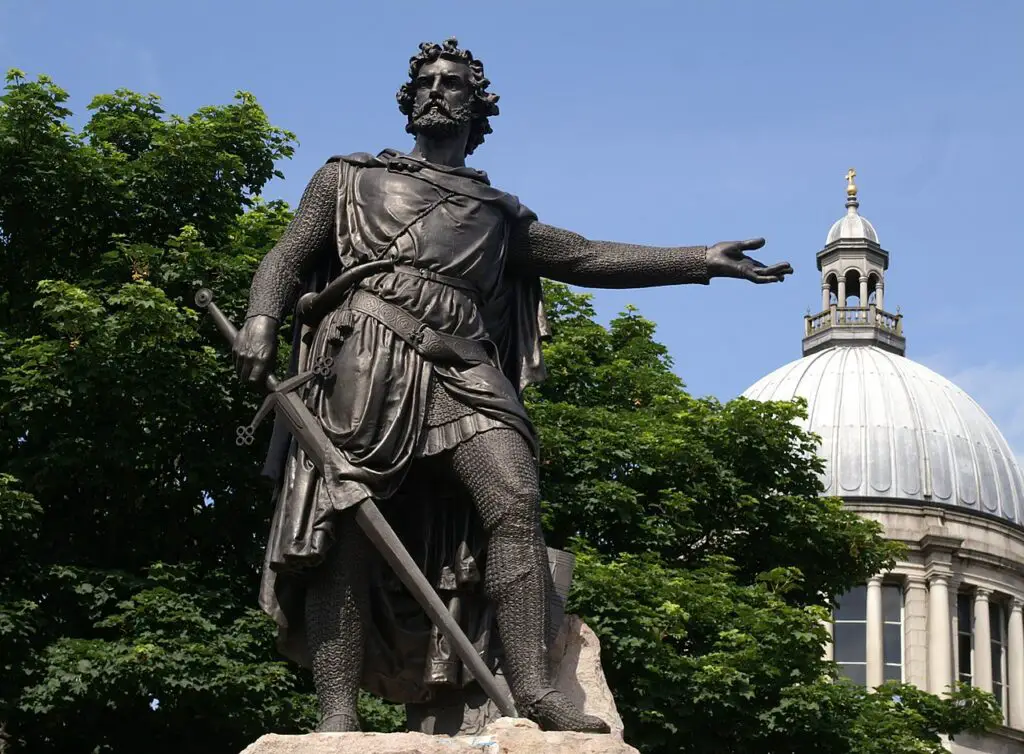
Monument
The tower stands 76 metres high, and is located on Abbey Craig. Caldwell, now retired, worked with National Museums Scotland for close to 40 years. He made the remarks about the sword during an online discussion about Scottish identity two years ago.
It is doubtful that Caldwell’s opinion, expert though it may be, will cause visitors to stop seeing the weapon as a symbol of Scottish patriotism, and of the one the Scots call “the great man”.
The official story of the sword’s background is that it was captured when Wallace was, and taken to Dumbarton Castle, where he was held until his trial.
He remained there before his trial for treason in London. After which he was executed, and his place among the heroes of Scottish nationalism was assured.
“It had already been rubbished by the experts of the day, quite rightly, as not being a very good example of a 16th Century two-handled sword.
“It had absolutely nothing to do with Wallace himself but Rogers was desperate. He badly needed some symbol and eventually he managed to persuade himself that this could have been associated with the great man.”
Dr David Caldwell, former president of the Society of Antiquaries of Scotland,
In the mid-19th century, Scotland went through a period of renewed pride in its identity and history. Consequently, building a monument to Wallace was an easy sell; funds were raised and building was complete by 1888.
Desperation
Those in charge of the project took the sword in an act of “desperation,”. According to Caldwell, so anxious were they to have possessions of Wallace and his victory at the Battle of Stirling Bridge.
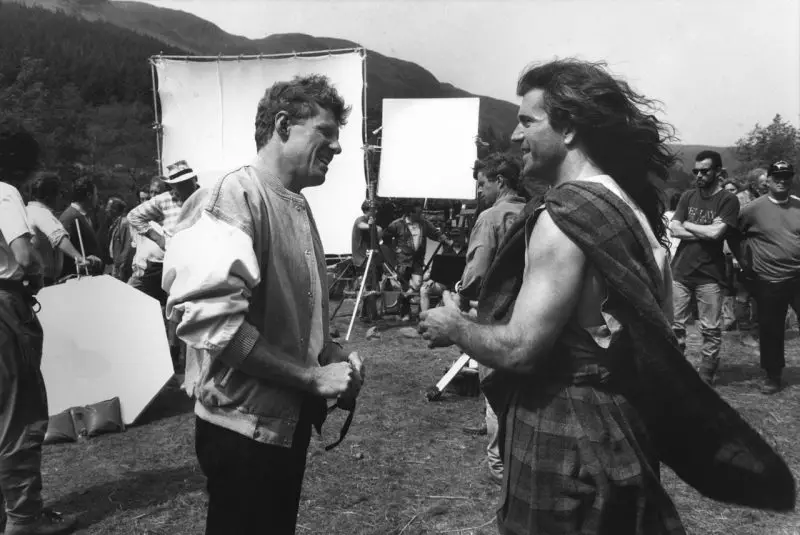
Wallace’s story is so famous that it inspired a film, “Braveheart,” directed by and starring Mel Gibson. It was his visage, in fact, that prompted artist David Church to sculpt a statue in 1996 . He named it “Warrior.”
Unfortunately, the sculpture was universally loathed by residents and art experts alike. It was removed from its place in the monument’s parking lot because it was vandalized so frequently. It now sits in the sculptor’s private garden.
The sword, however, isn’t going anywhere. Some in Scotland’s tourism bureau recognize its history may be somewhat unclear, but insist it symbolizes more than Wallace himself.
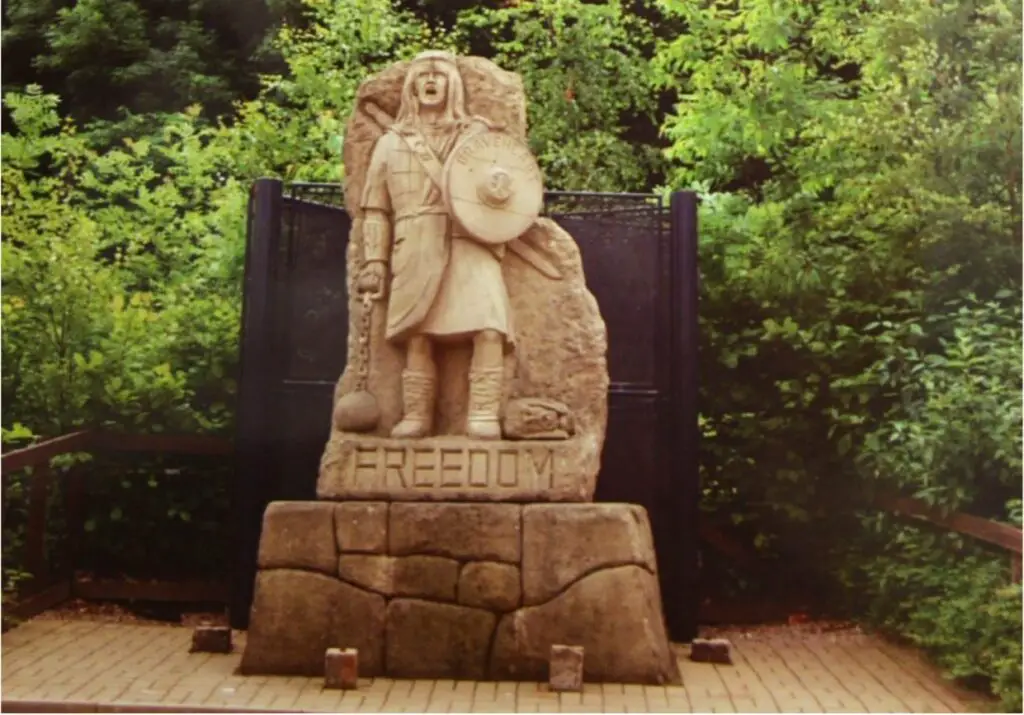
Freedom
It is seen as a symbol of the fight for Scotland’s freedom. One of patriotism and bravery and pride in Scotland itself. Whether Wallace actually own and used it is almost secondary. It’s the power as a representation of all that is good and fierce in the country’s history.
The head of Stirling District Tourism, Ken Thomson whose team manages and runs the National Wallace Monument, commented that the sword was “held in high respect”
In 1888 when the sword was brought to Stirling, Provost Yellowlees said: “…no true Scotsman could look upon this sword without having anew a feeling of gratitude to the patriot who wielded it, and who bled and died to secure for his country that liberty which to him was dearer than life”.
Thomson went on to say: “We realise of course that there will always be questions regarding the authenticity of the sword, as there are with so many historical artefacts, but more importantly – it has come to be recognised as a powerful symbol of liberty, and a reminder of the freedom for which Wallace fought.”
Ken Thomson, Stirling District Tourism
Hung
Wallace led the fight against England’s occupation of Scotland. When he was finally captured, it was near Glasgow in 1305.
Wallace told the court he had not sworn loyalty to the king. Therefore he was not a traitor.
Nevertheless, he was found guilty and sentenced to death. That sentence was carried out in an incredibly brutal fashion – Wallace was first hung, then disembowelled, quartered and beheaded.
As a warning to others who opposed the king, Wallace’s head was hung on London Bridge. His arms and legs were on public display in Perth, Stirling, Berwick and Newcastle.
Others continued the fight in his name. It is Wallace who endured as the hero of the First War of Independence.
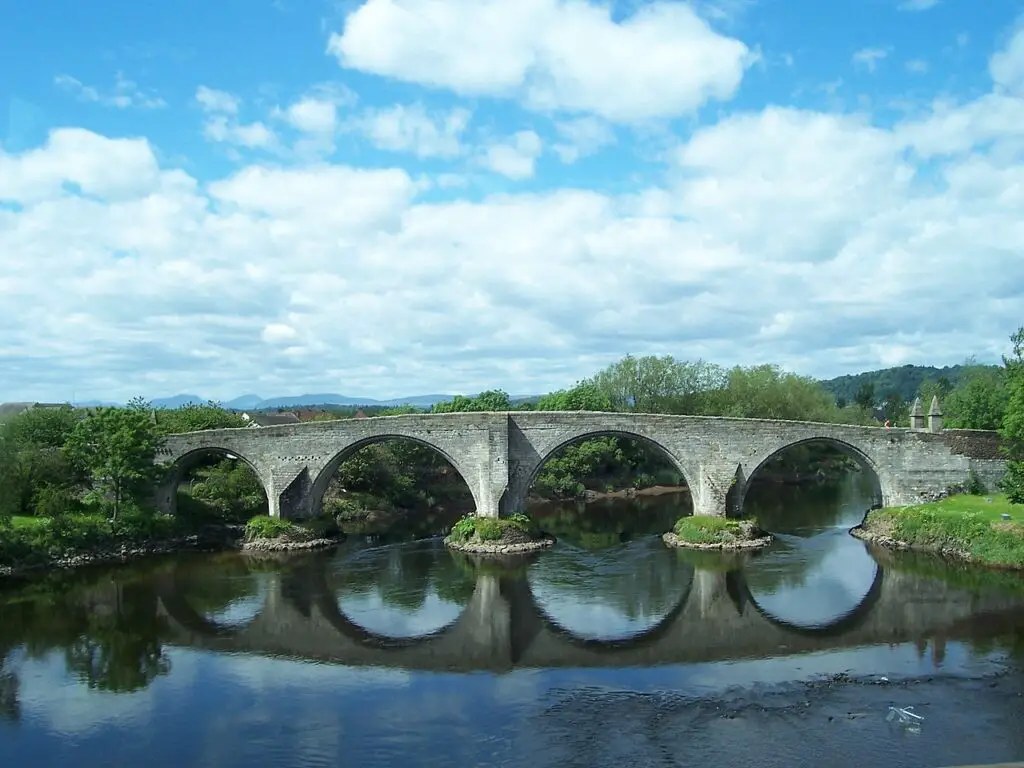
The sword continues to hold sway over Scots. Caldwell acknowledged that it’s “just possible” that the blade is made from three different swords that have been welded together. At least, a fine example of the 13th century sword Wallace would have used.
Another Article From Us: Battlefield Relic, The Only Witness Left Standing to the Battle of Culloden
If you like this article, then please follow us on Facebook and Instagram and lead image credit – Brian Moffat
That is sometimes enough, when something comes to symbolize a country’s history in such a singular way. For folks to set aside their doubts and cling to the official story that may be more myth than fact.
